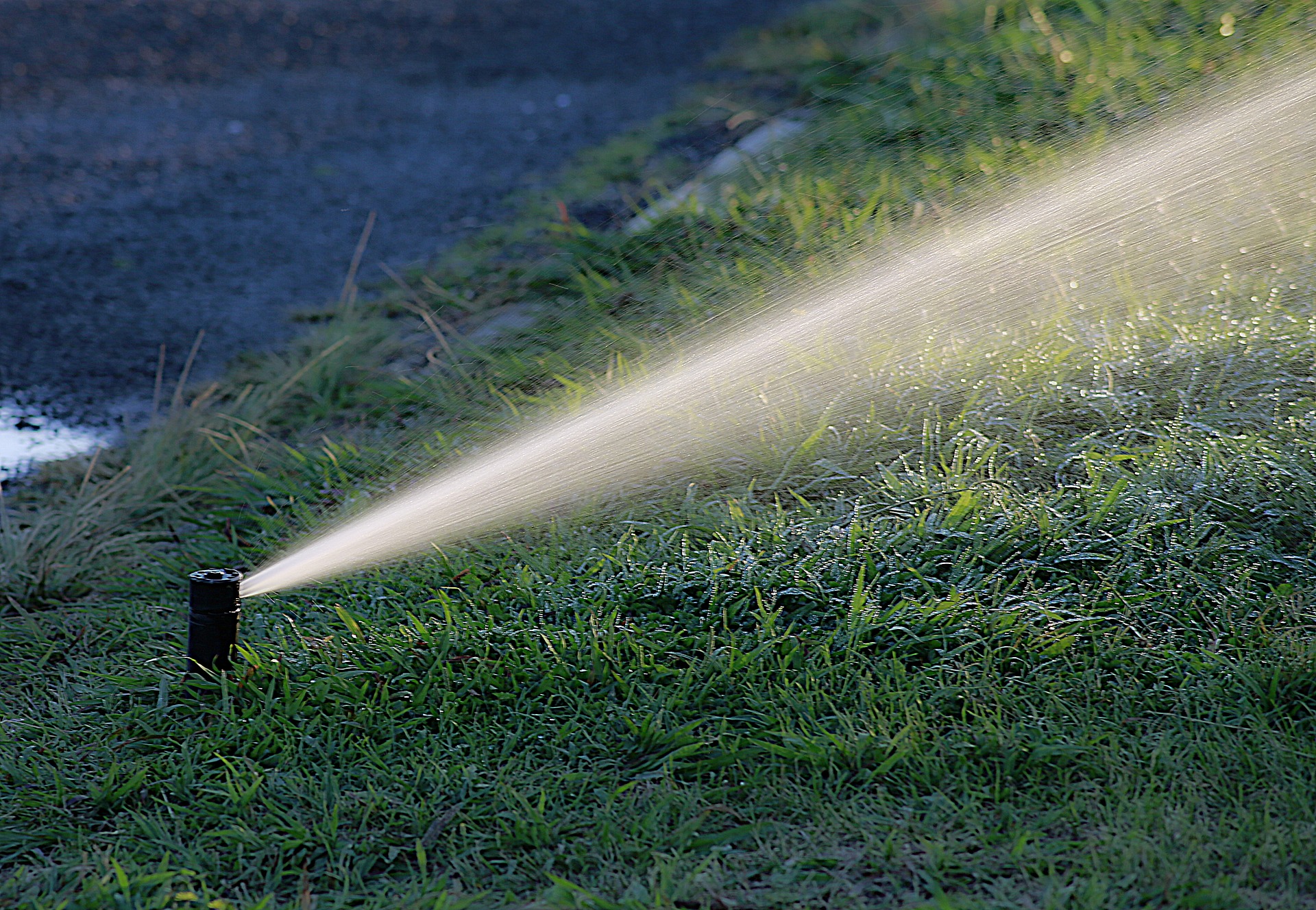Placing an irrigation system at home can be more convenient than taking the sprinkler out each time as well as save homeowners money. However, the process of trenching to prepare the area for burying the irrigation system as not as simple as some homeowners assume. It involves many steps, some of which can be dangerous for people without special training to perform.
Nevertheless, many choose to go the do-it-yourself (DIY) route. Below are several considerations for homeowners who want to install their own irrigation system.
Mark All Utilities Properly
The first step in any project involving trenching and digging is to contact 811, the phone number reserved for people needing underground wiring checked. A technician, most likely employed by the city or county where the homeowner lives, will come to the property to check underground utilities. He or she will also mark any utility lines located with red flags. This should happen at least three days before the homeowner intends to start the project.
Plan Where to Place the Pipes
The next step after having underground utilities marked is for the homeowner to decide where to place the irrigation system by plotting it on graph paper. The drawing should include the main pipe as well as the zone pipe. While the main pipe connects the water meter and control box, the zone pipe starts at the street boundary and runs towards the backyard. This is where the homeowner will increase the size of the irrigation system eventually. Besides connecting with the main pipe, the zone pipe also connects to each head on the sprinkler. Every zone needs a separate valve box as well.
Determine How Much Pipe to Use and Then Place It
Homeowners should always measure twice when figuring out how much pipe to use. The total linear square footage for the control wire and poly-pipe will provide accurate measurements for the control wire, mainline pipes, and zone-line pipes. The last step before placing the irrigation system is to add fittings and sprinkler heads.
Getting the pipe into the ground requires the homeowner to rent a piece of equipment known as a vibratory plow or a trench-cutting machine. Both cut approximately eight inches into the ground to create a hole to place each piece of pipe for the new irrigation system.
Potential Safety Hazards Involved with DIY Irrigation System Installation
Trenching and excavating are dangerous types of work, not to mention the hazards they present to people who only perform them occasionally. Inexperienced people could easily hit a power line and electrocute themselves, inhale toxic fumes, fall, or have an accident with the vibratory plow. Each of these situations are serious enough to cause death or significant injury.
When it comes to home improvement projects with this much potential for danger, even the most hardcore DIY enthusiasts eventually realize it would be better to have a professional perform the job. Not only is this option safer, it also results in a more attractive lawn because the contractors have experience placing everything correctly. Additionally, the contractor can haul away the unearthed lawn and other debris to leave the area neat and tidy when finishing the job.











